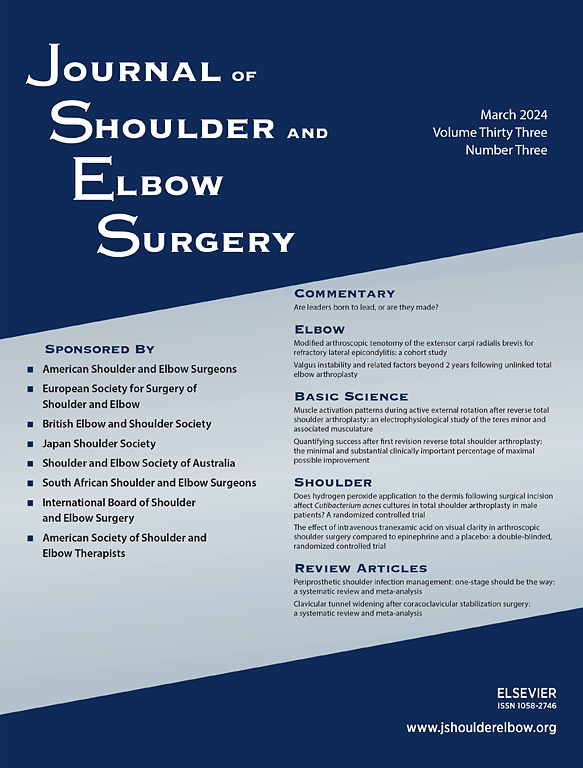
Periarticular Injection vs Single Interscalene Block for Post-op Pain After Rotator Cuff Repair

Periarticular Injection vs Single Interscalene Block for Post-op Pain After Rotator Cuff Repair
Periarticular liposomal bupivacaine mixture injection vs. single-shot interscalene block for postoperative pain in arthroscopic rotator cuff repair: a prospective randomized controlled trial.
J Shoulder Elbow Surg. 2021 Dec;30(12): 2691-2697.Synopsis
Eighty-seven patients undergoing a primary arthroscopic rotator cuff repair were randomized to receive a periarticular injection of liposomal bupivacaine and plain bupivacaine (n=42) or an interscalene block of plain bupivacaine (n=45). The outcomes of interest included opioid usage in oral morphine equivalents, pain on a Visual Analog Scale (VAS), clinical improvement on the Single Assessment Num...
To view the full content, login to your account,
or start your 30-day FREE Trial today.
FREE TRIAL
LOGIN
Forgot Password?
Explore some of our unlocked ACE Reports below!

Learn about our AI Driven
High Impact Search Feature
Our AI driven High Impact metric calculates the impact an article will have by considering both the publishing journal and the content of the article itself. Built using the latest advances in natural language processing, OE High Impact predicts an article’s future number of citations better than impact factor alone.
Continue



 LOGIN
LOGIN

Join the Conversation
Please Login or Join to leave comments.